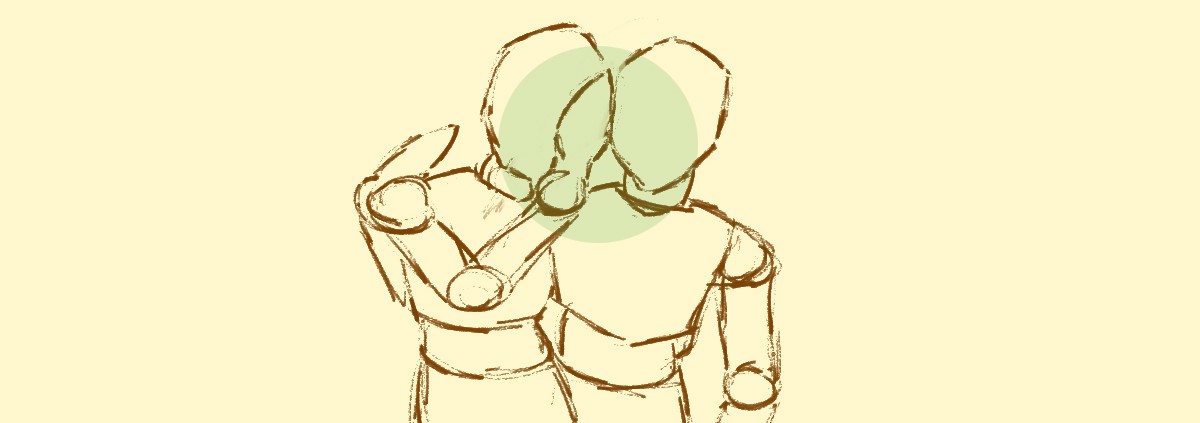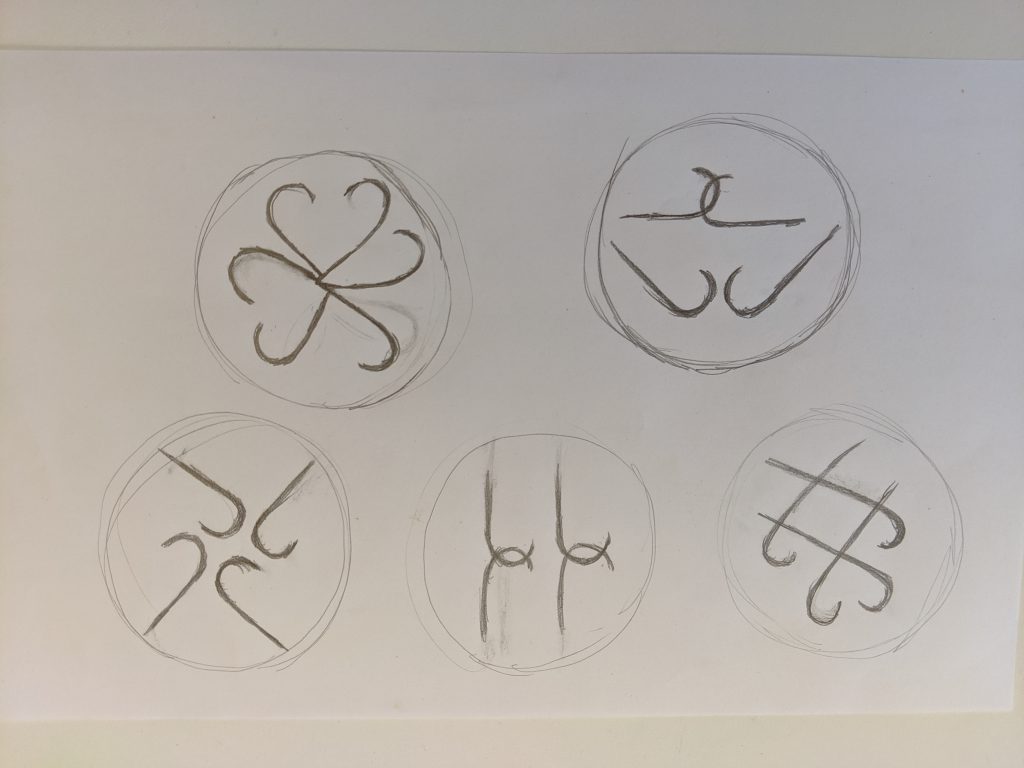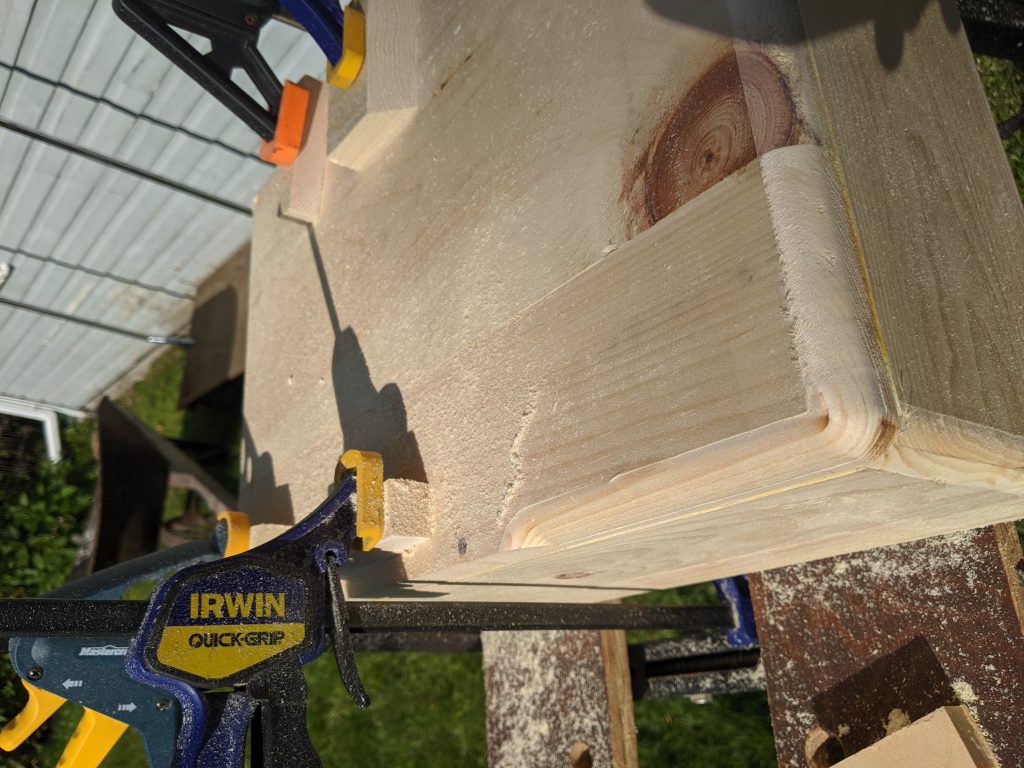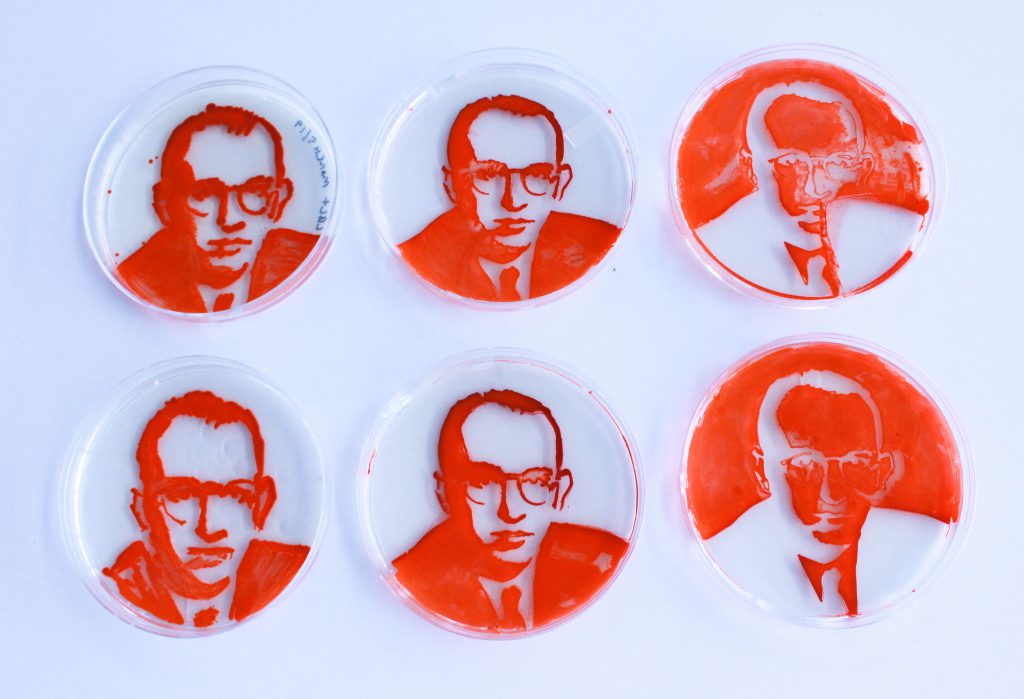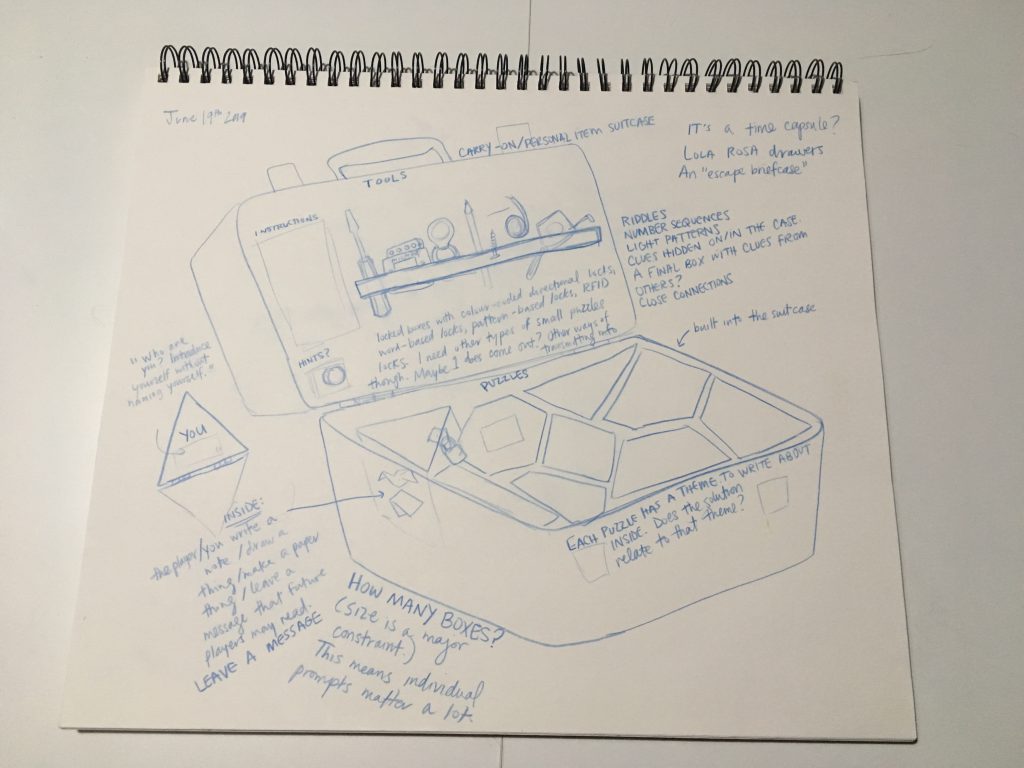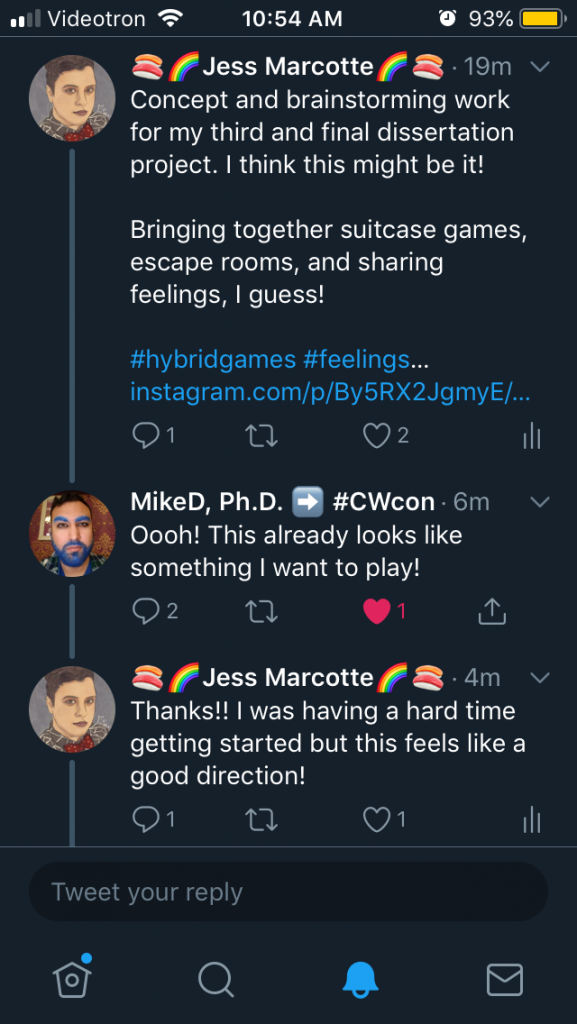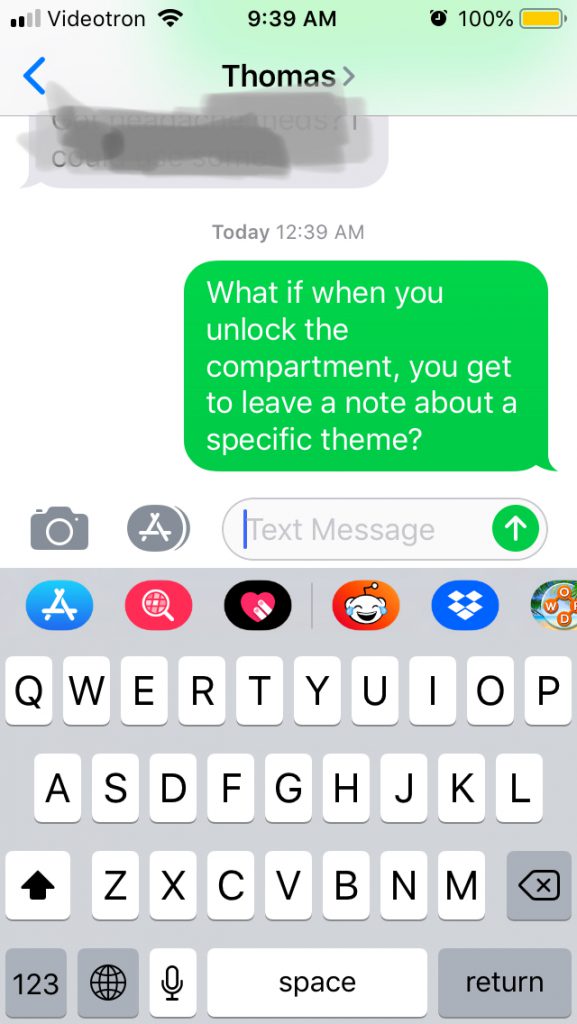It sure has been a while since I wrote a dissertation blog post. The last time I wrote was right before October 25th, when my students’ project proposals were due, and I had to give detailed feedback to almost 70 students so that they could complete final projects (which I also had to correct). I’m feeling a lot less overworked and a lot better now, although I am still very busy.
I’ve been doing a lot of documentation through photos and through posts on Instagram and Twitter (which I’ve also been screenshotting). I couldn’t do as many design interviews because of the activities I was doing with the person I was collaborating with involved a lot of loud power tools and silent working, punctuated by problem-solving. And there were a lot of finicky things.
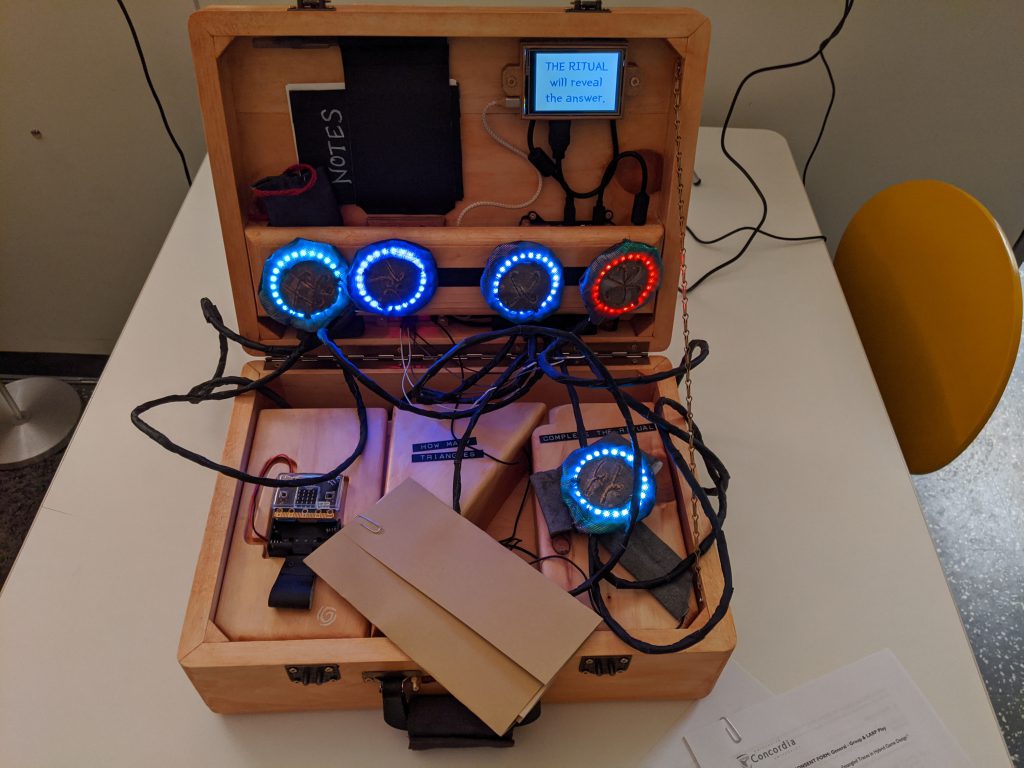
I did however keep talking about the project at the lab’s weekly design meeting whenever I could.
In a nutshell, October through November was mostly all about physical crafting. With the puzzles designed and mostly programmed (although there have been tweaks here and there since then), I had to buckle down and do things like designing and embroidering conductive patches (with lots hand-sewing), and finishing up the box, besides the hardware. This also involved sanding and staining.
From there, toward the end of November, most of my energy went to my students and preparing for my deviated septum surgery (which finally happened December 9th). With almost 70 students, getting all the grading done between November 29th and December 9th was certainly an adventure.
The good news is that the project is finished except for a name and a carrying strap, and any fixes I do to things that arise in playtesting (and some already have, like some errant shapes that I didn’t realize were there). We finished the box just before New Years, and toasted the completion on New Years Day with a shot. I realized that I might be a designer because I enjoy problem-solving and working with all of the issues that we encountered, whereas the person that I was collaborating with was more frustrated with the process.
Since then, I finessed a few things (used steel wool to smooth the box a bit, and wrapped wires with gaffer’s tape, for example), and sewed a cover to protect the case.
I am really pleased with the results of the limited playtesting I’ve done so far (4 playthroughs with a total of 8 people in various configurations, 2 groups of 2, 1 group of 3, and one solo player). Based on the experience of the solo player, I’ve decided that, as I thought might be the case, 2-3 is the sweet spot for the number of players.
I am next bringing the suitcase to QGCarnival, where I hope to play a few rounds. It’s QGCon’s official fundraiser!
After that, everything is likely to stall for a few weeks as I am scheduled for top surgery on the 16th. I hope to get a little bit of work done (getting the audio transcription stuff going) but I will need a lot of rest.
So, I’ve got playtesting to do this semester, and then need to write my dissertation, I’m leading the QGCon team, I’m getting top surgery, and I’m helping to plan an exhibition over the summer. That’s a lot less than last semester, even though it’s a lot! Oh, and I may apply for a conference or two. I really want to apply to CGSA if I can find the time this year.
